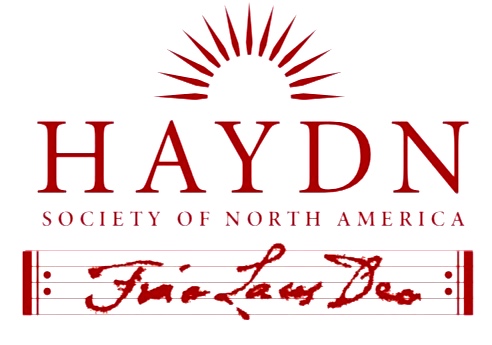
Article Title
Document Type
Article
Abstract
Sergei Bondarchuk’s epic cinematization of Tolstoy’s War and Peace (1965–67) makes touching use of the last movement of Haydn’s Farewell Symphony. First played by an orchestra on the grounds of the country estate of old Prince Nicholas Bolkonsky, the music comes to be associated, in the course of several recurrences, with the estate’s isolation, emotional as well as physical. This section of the film may be seen here. The dramatic appropriateness of the Adagio makes viewers forget the chronological disjunction between music composed in 1772 and events taking place more than thirty years later. But perhaps Bondarchuk’s use of the Farewell is not quite as anachronistic as it seems. The symphony plays an unexpected role in letters that a Russian nobleman and a French cellist exchanged from 1783 to 1793, as one of several symphonies by Haydn shipped from Paris to Russia. Thus the Farewell may have really been part of the sound-world of the Russian nobility during the Napoleonic era.
Count Nicholas Sheremetev, one of Russia’s richest noblemen, was born in 1751 (thus only a decade or so younger than Tolstoy’s fictional Nicholas Bolkonsky). A youthful visit to Paris in the early 1770s left him passionately fond of French opera, and he devoted much of his life to the production of opera on his estates near Moscow, where his serfs served as singers, instrumentalists, and stagehands. In Paris Nicholas played chamber music with a cellist in the orchestra of the Opéra and the Concert Spirituel whom we know only by his last name, Hivart. As Nicholas’s musical ambitions grew, Hivart became his agent and artistic advisor, sending designs for scenery and costumes, theatrical models, printed scores, librettos, and sets of instrumental parts. The letters that accompanied the shipments have long been available in Russian translation (in N. A. Elizarova’s Teatry Sheremetevykh [Moscow, 1944]). But they have never been published in the original French and are little known outside Russia.
The primary value of the Hivart-Sheremetev correspondence lies in what it tells us about how opera was staged in Paris in the 1780s. But this study, based on the letters in the original French (as preserved in the Russian State Historical Archive in St. Petersburg), demonstrates their value for students of instrumental music as well. It corroborates other kinds of evidence of the popularity of Haydn’s symphonies in Paris, gives us new information about how Parisian audiences reacted to the Farewell Symphony, and alerts us to the presence in Russia, before 1790, of many of Haydn’s symphonies, including the Farewell.
Recommended Citation
Rice, John A.
(2013)
"The Farewell Symphony Between Paris and Russia,"
HAYDN: Online Journal of the Haydn Society of North America: Vol. 3, Article 21.
Available at:
https://remix.berklee.edu/haydn-journal/vol3/iss2/21
© Haydn Society of North America ; Boston: Berklee Library, 2013. Duplication without the express permission of the author and/or the Haydn Society of North America is prohibited.


